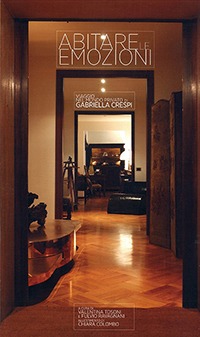
ABITARE LE EMOZIONI
One Day Exhibition
Curated by Valentina Tosoni and Fulvio Ravagnani
Set Design: Chiara Colombo
Casa Crespi
Milan,17 April 2018

A light breeze of suggestions, the many testimonials to a history, as well as a precious spirituality emanate throughout the open spaces of the house.
Gabriella Crespi, a sophisticated interior designer at the absolute forefront of artistic furniture design and the concept of the one-of-a-kind piece, would replicate the same balance, color, tones, and proportions whenever she moved to a new house; every time, no matter the place, whatever the ‘container,’ she, with her multifaceted essence, would reproduce this space using a system of subtle patterns, and the space would regenerate itself, by her and for her, as if it were an extension of her interior dimension, the more intimate one. It reflected her creative power and her forceful autonomy of taste and thought.

The apartment is a precious trove of passions, of private and professional memories, of objets d’art and design, of photographs, books and magazines, all of which are open for exploration starting from the apartment entrance hall. The elevator door opens onto a hallway with two Chinese panels made from natural fibers and patterned with a small repeating geometric design. Gabriella Crespi was one of the few western women who was allowed to visit China in 1973 and from that trip she brought back these panels and a collection of Chinese roots, all of which would become an integral part of her homes.

HALLWAY. Walking down the long entryway one greets a distinctive piece of Gabriella Crespi, her Ellisse coffee table in bronze (it is the A.P. from her 2015 New Bronze Age collection, produced from sketches done in 1976). From the outset one understands how much Gabriella Crespi was the energy that shaped the elements of her work, along with the earth and the light. On the left there is a workspace perch with some tools that she used and a small unfinished clay sculpture in the the figure of a woman. Further along the right there is an armchair called Onda, a 1965 prototype that was never put into production. Meanwhile, still to the right on her famous monk’s table, the Fungo lamp from 1970 sits and illuminates the area; several versions of the lamp appear in other corners of the house made with different materials, including rattan. The bronze sculpture Vasca Ippopotami from 1973, is placed next to it. Gabriella Crespi loved to sculpt and she used traditional techniques like precision casting, and works from her Animal series (1970 –1974), can be found throughout the apartment.

DINING ROOM. A fan of malacca reed outstretched from its center characterizes the construction of the chairs and the large oval extendable dining room table which takes up this area of the room. It is part of the Rising Sun collection (1973-1975) that was produced in rattan, a material that Gabriella Crespi loved and that she herself said “unites within itself power and duttility.” The table is laden with some extraordinary sculptures: in the middle are two Candelieri, with pieces of flatware, and plates from the 1974 series, Gocce d’Oro, in 24 karat gold plated bronze.
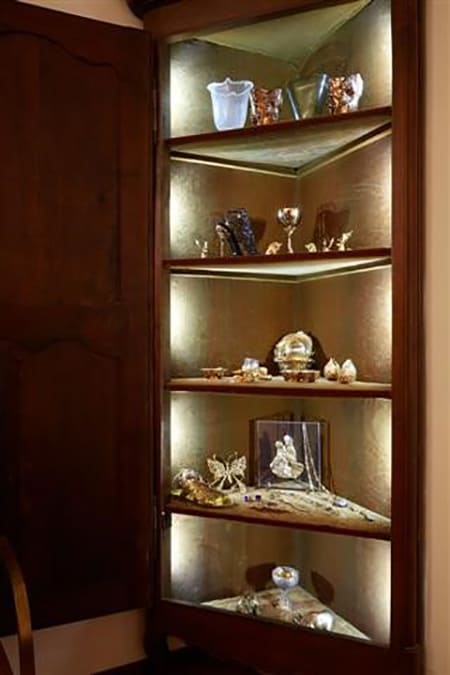

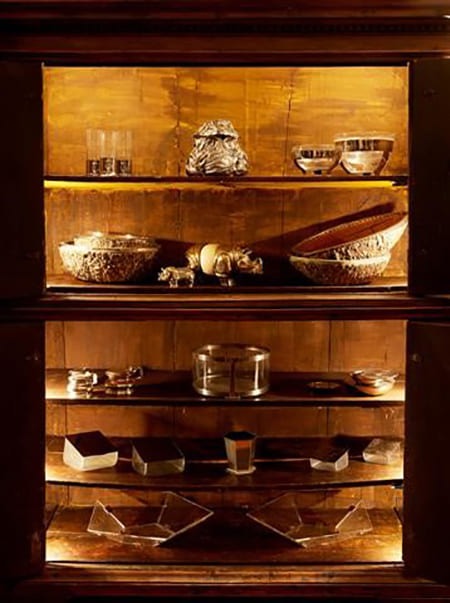
Two lit armoires stand out and there is a corner with more works from the collection: jewelry, glasses, chains, necklaces with pendants, earrings, clasps and buckles in copper alloy with 24 karat gold plating. The stones all have strong colors with symbolic significance; there are amethysts in geodes, small sapphires, pearls and fossils from 15 million years ago. The second armoire contains objects from the Cesello collection of 1970 and Sughero of 1975. Other animal sculptures occupy space, such as Airone (1973), in the center of the bookshelf with a glass egg on his back blown by Barovier & Toso. Further n the right is the table lamp Obelisco and the sculpture Lune Incrociate (both were created in1970), the iconic work that was the symbol of the 2011 exhibition Gabriella Crespi Il Segno e lo Spirito.
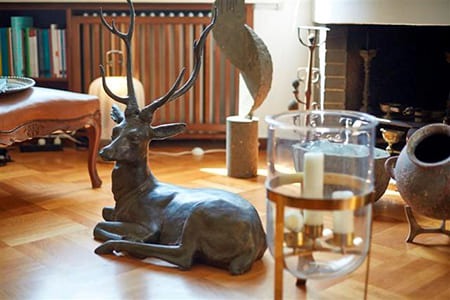
LIVING ROOM. One of the most notable objects sitting on the floor in front of the fireplace is the great Cervo of 1973 who dominates over various sized amphora and the dynamic Lotus Leaves side table made in 1975. In the middle of the room, the first Ellisse brass coffee made in 1976, sits made in brass ( it is part of the renowned Plurimi series, 1970–1982, with a name that pays homage to the artist Emilio Vedova, they are metaphorical pieces of furniture that play with a possibility of the evolution of the form itself in space), and at the center is the sculpture My Soul from 1974, a powerful self portrait that reflects the existential angst of its creator. The luminous corner contains research studies, projects, sketches, models to scale and prototypes, all of which give measure to the meticulous attention that the interior designer paid from conception to production and completion of her projects. Finally, on her legendary trunk full of mementos including pieces from her collection of vases and antique statues, sits a Lune lamp from 1969, part of the Lune series (1969 – 1980), a veritable leitmotif of the unique poetry of Gabriella Crespi.
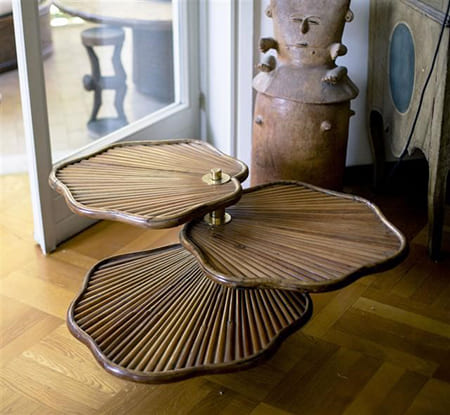
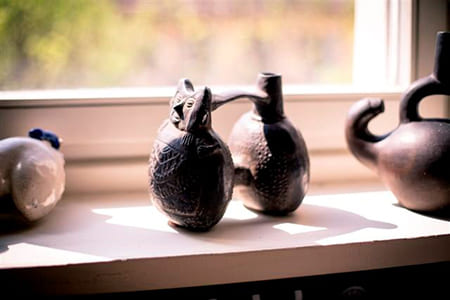
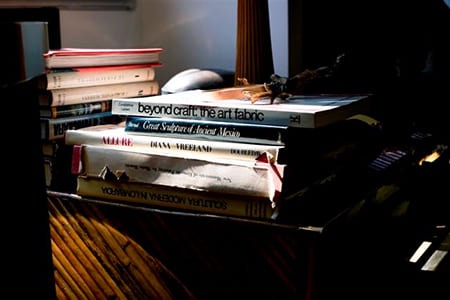
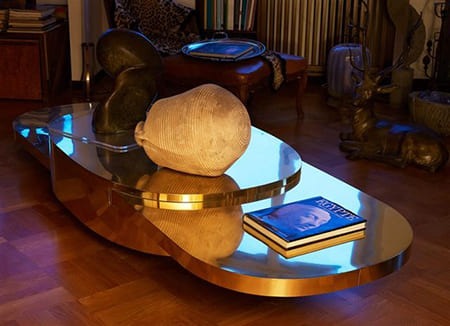
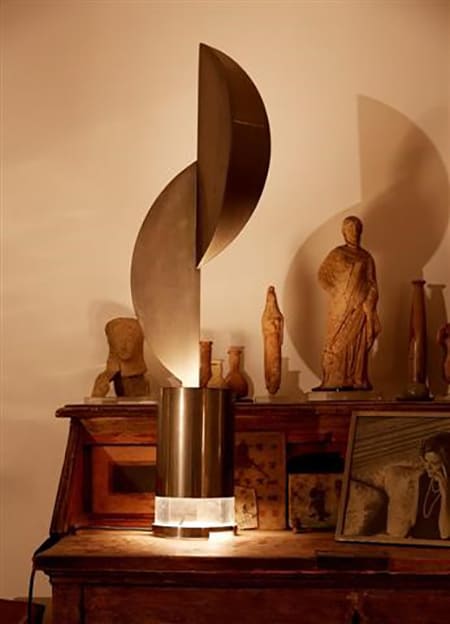
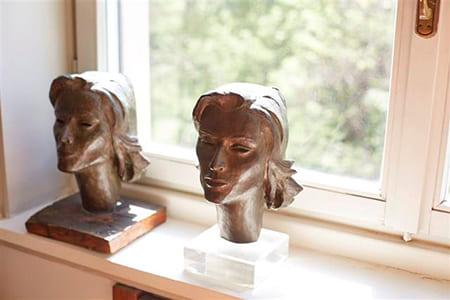
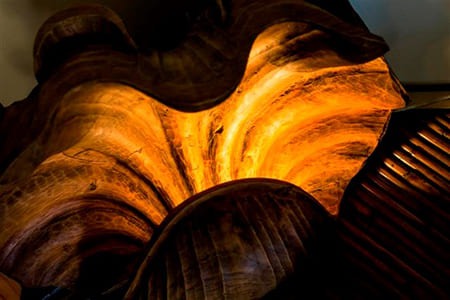
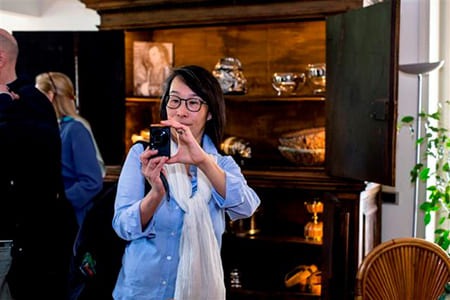
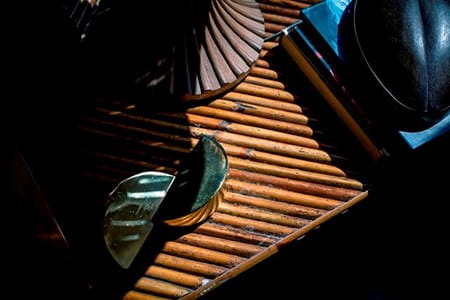
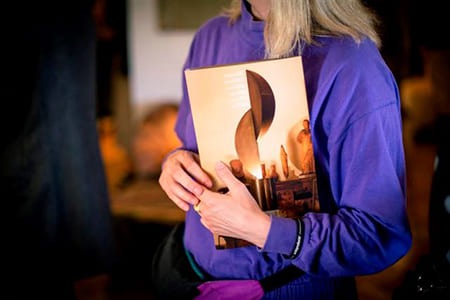
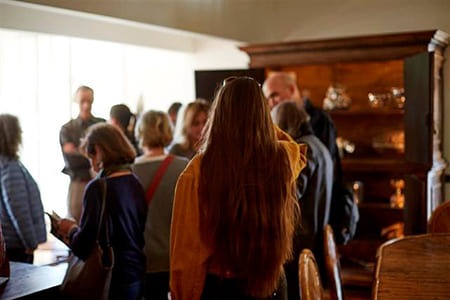
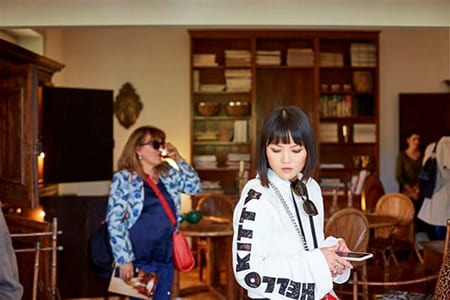
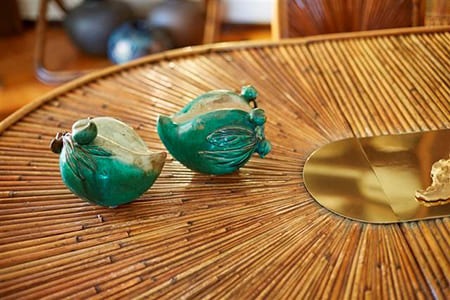
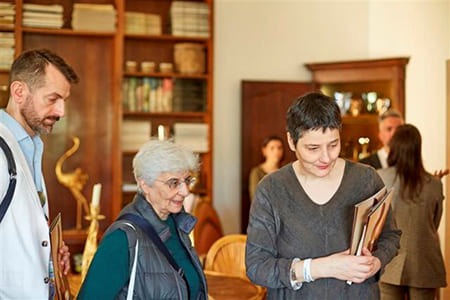
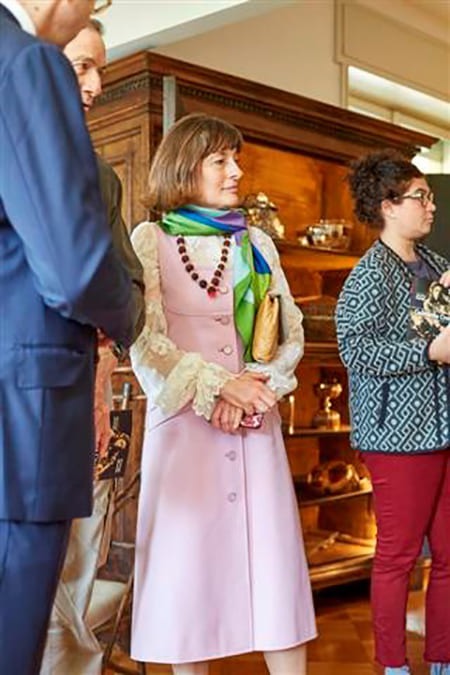
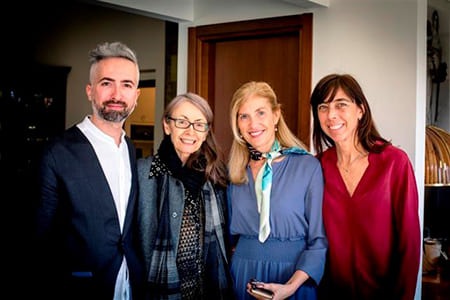
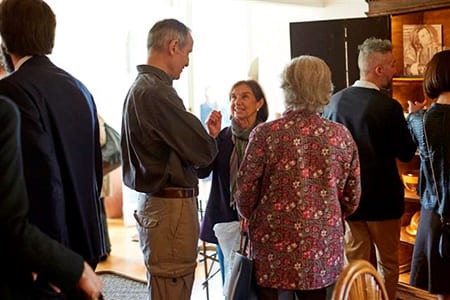
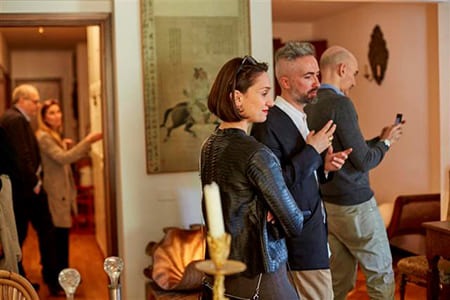
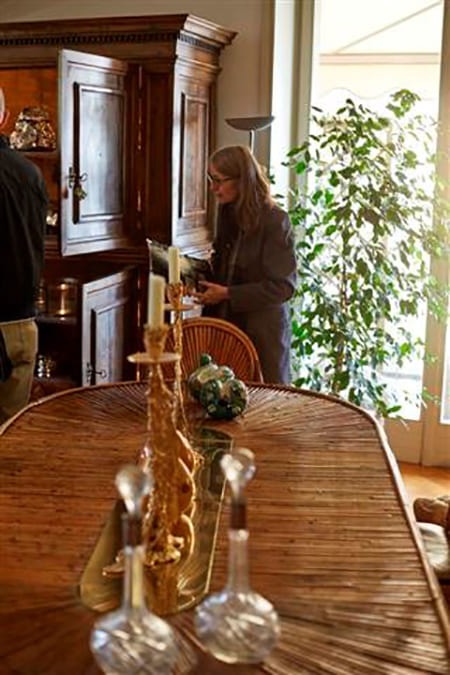
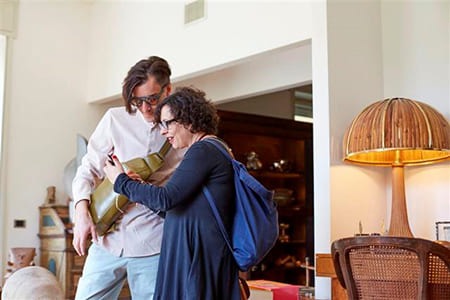
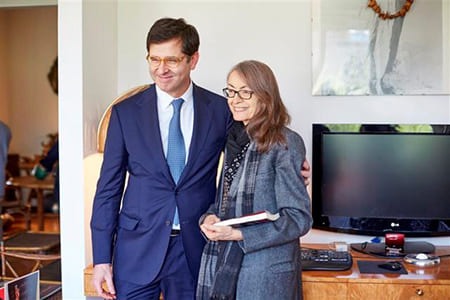
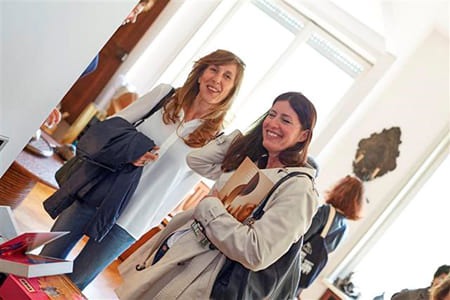
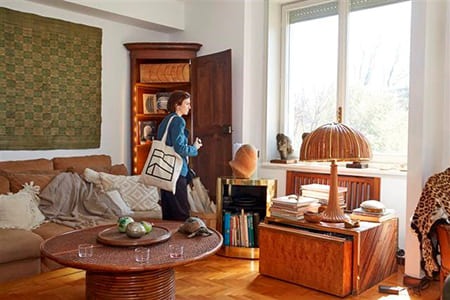
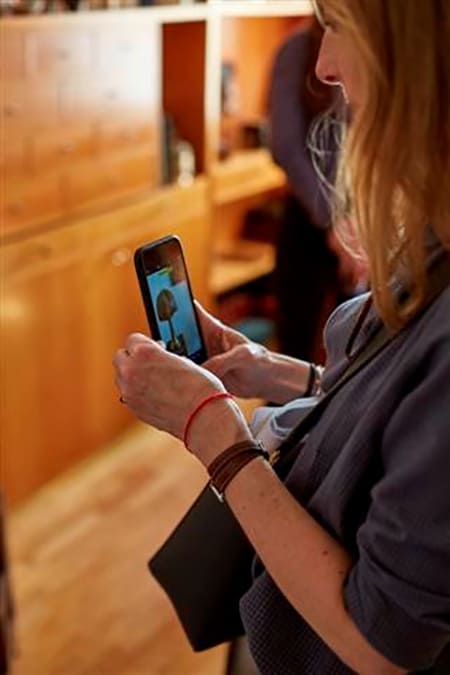
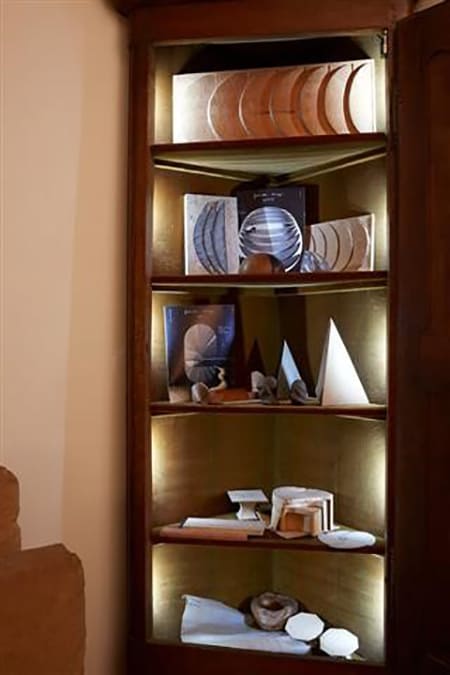
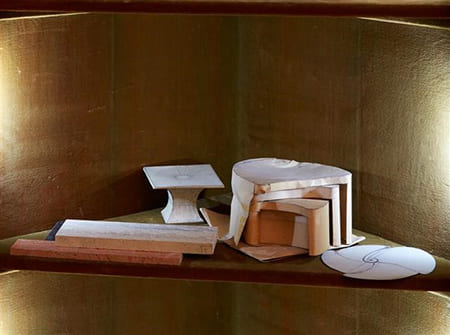
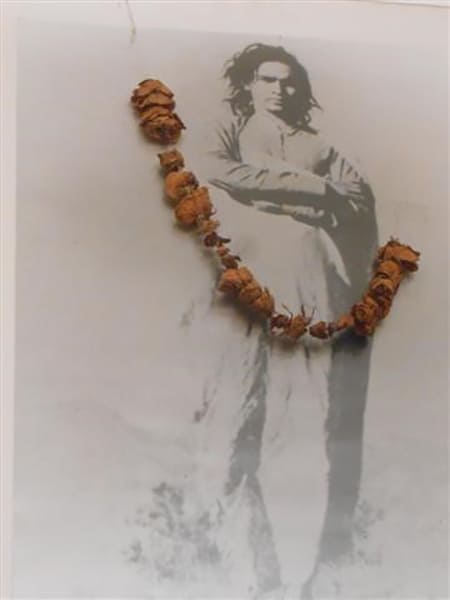
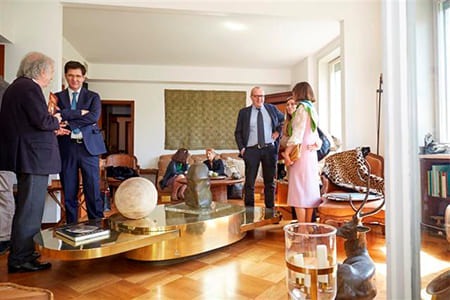
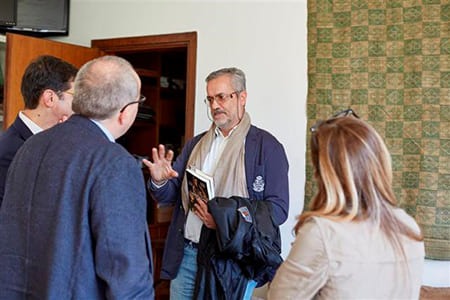
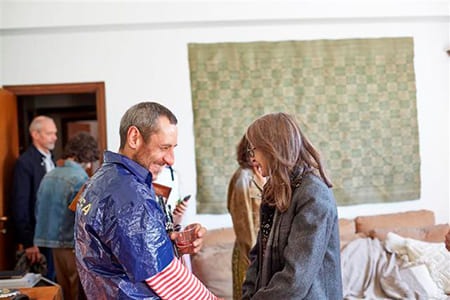
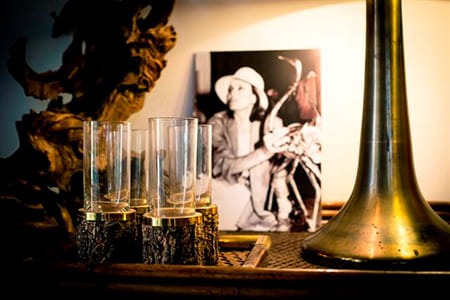
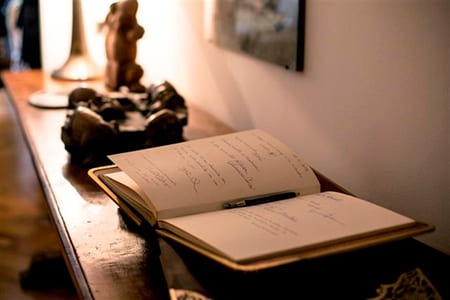
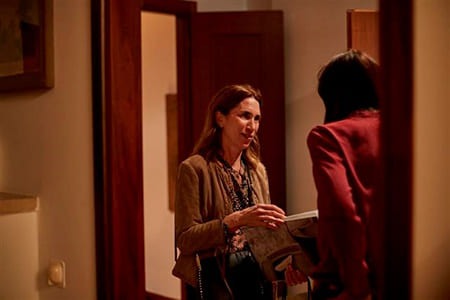
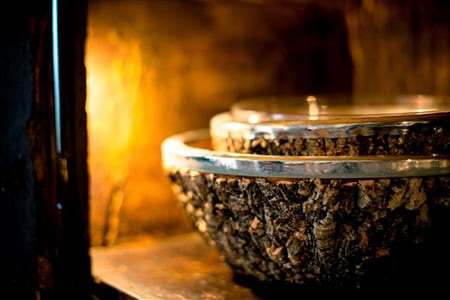
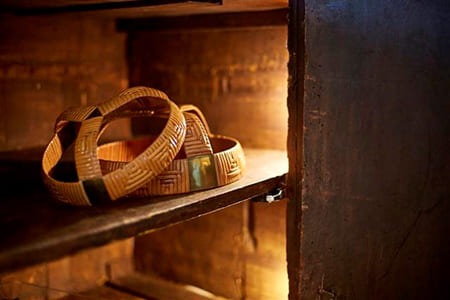
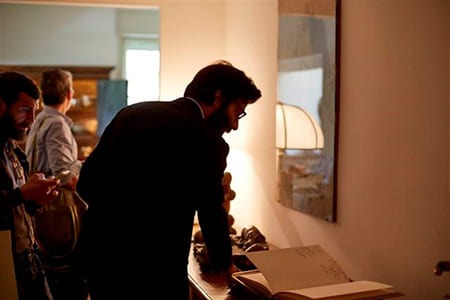
BEDROOM. Gabriella Crespi took care of every detail, a trait that extended to her deepest and most personal choices. Testimony of this lies in the images that portray her with her dresses, hats, sunglasses, and the accessories, that she wore with great style and panache. There are many architecture and design books with which she studied and other objects that she collected such as the Conchiglie, mounted with brass. Finally a series of photographs bears witness to her transformative spiritual experiences in the Himalayas that lasted for over 20 years with the masters Babaji and Sri Muniraji.
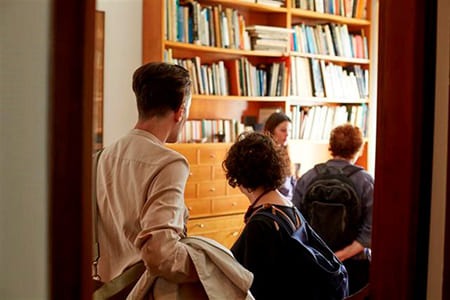
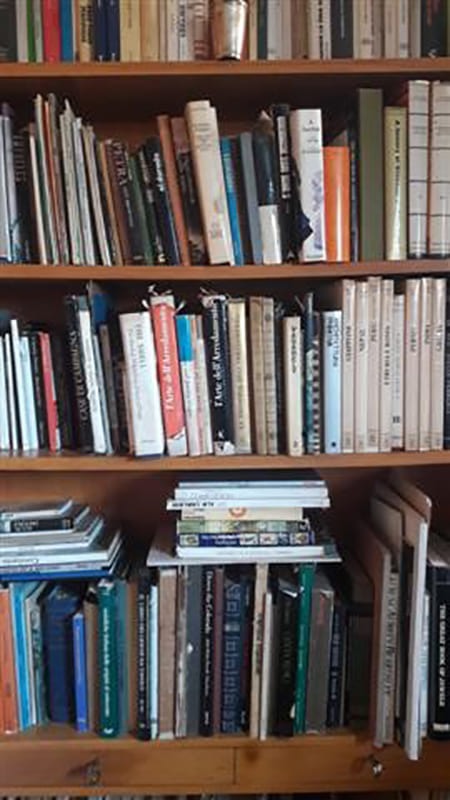
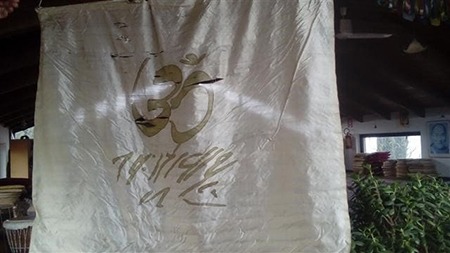
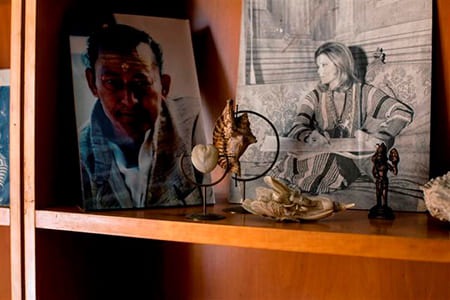
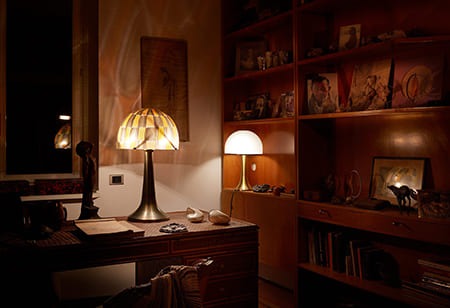
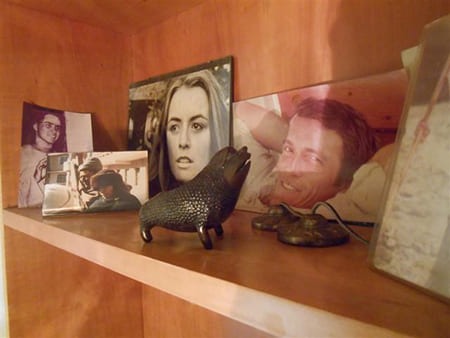
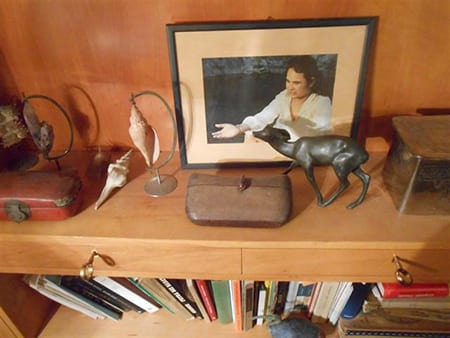
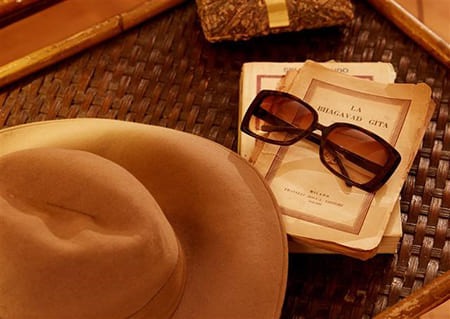
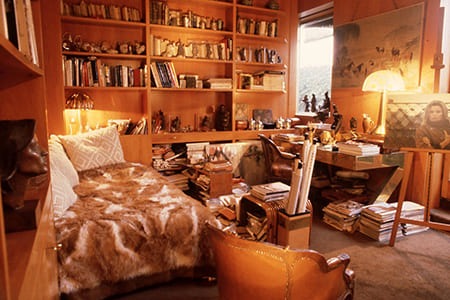
Gabriella’s bedroom in the late 1970s. Ph. Elaine Mayers Salkaln
